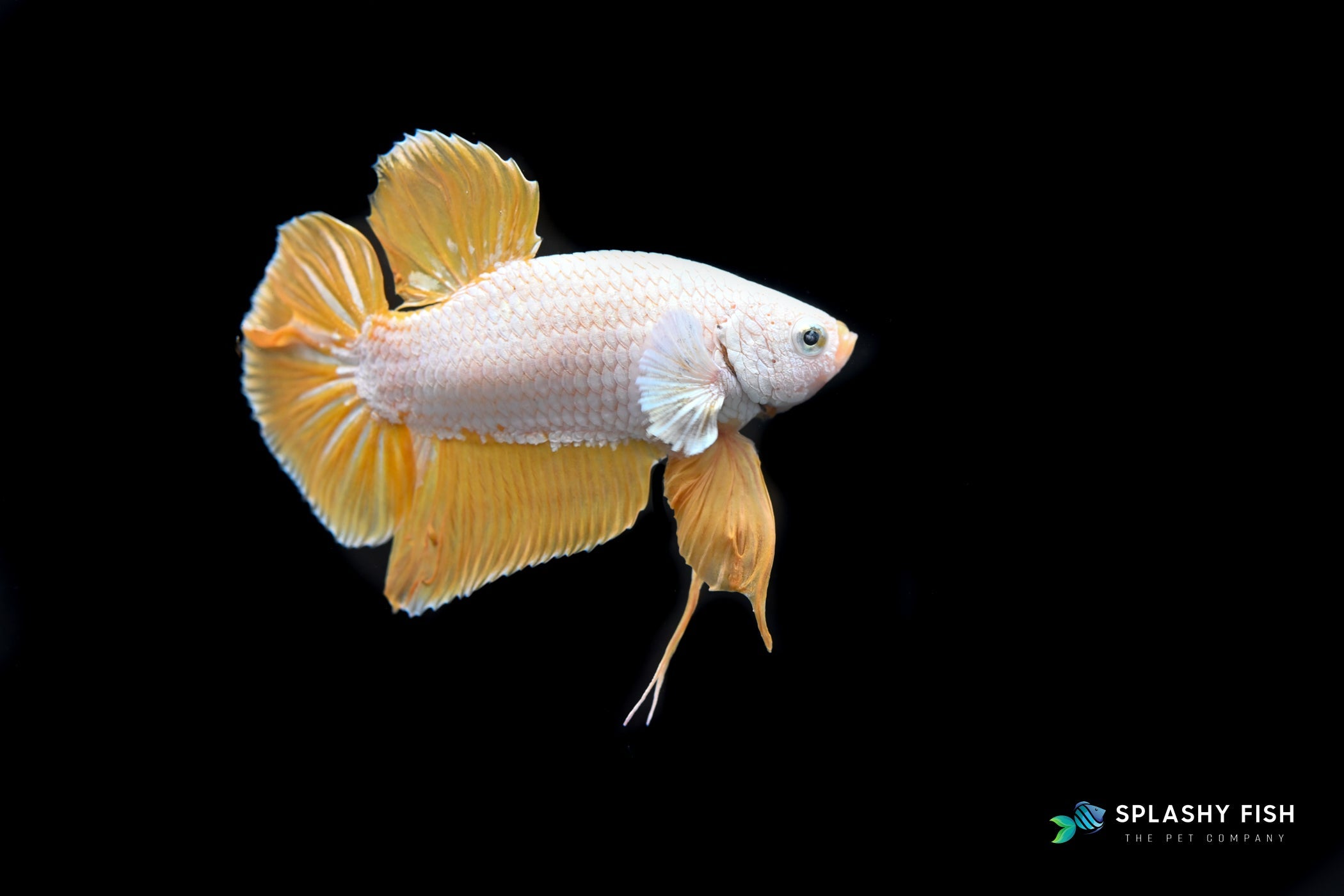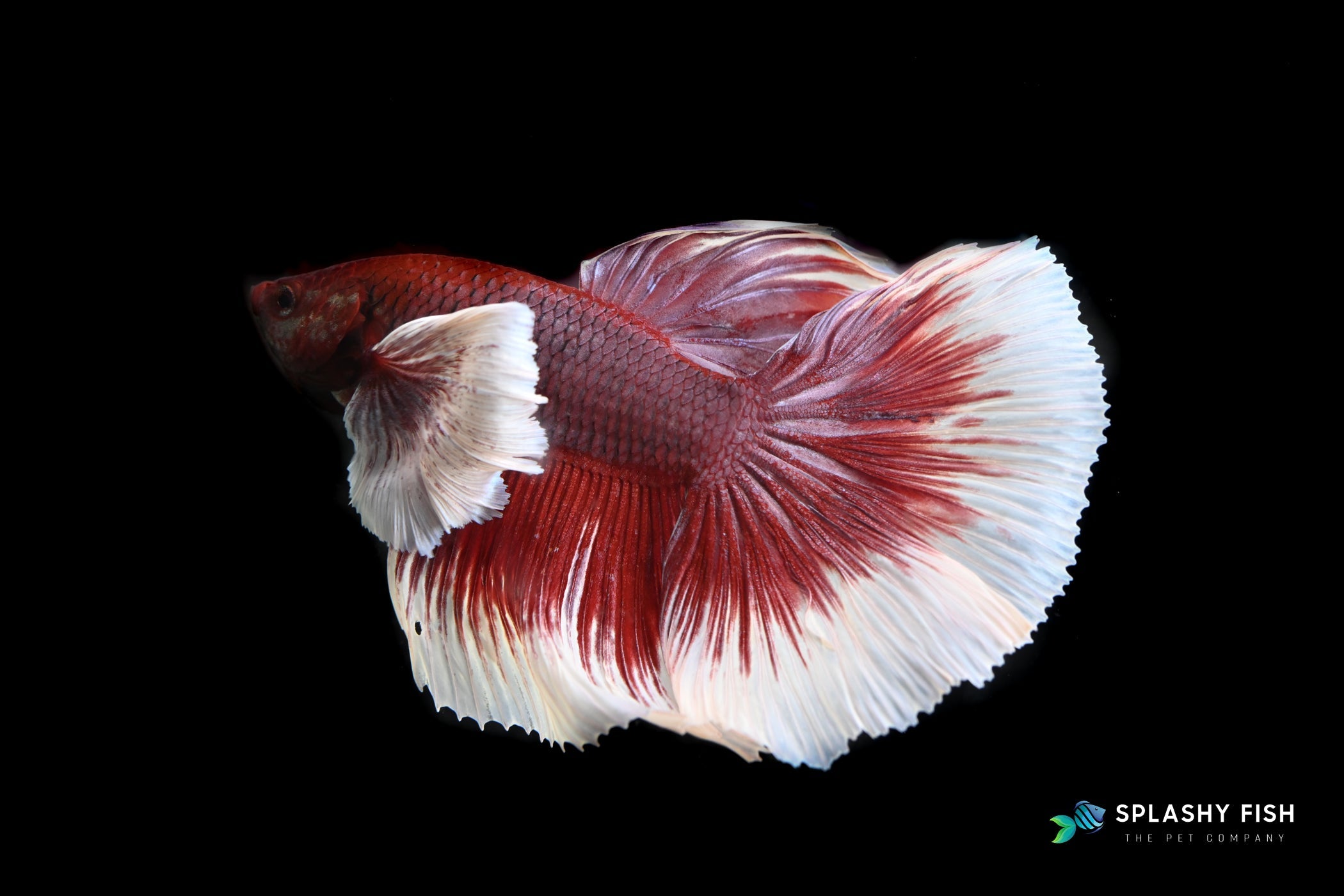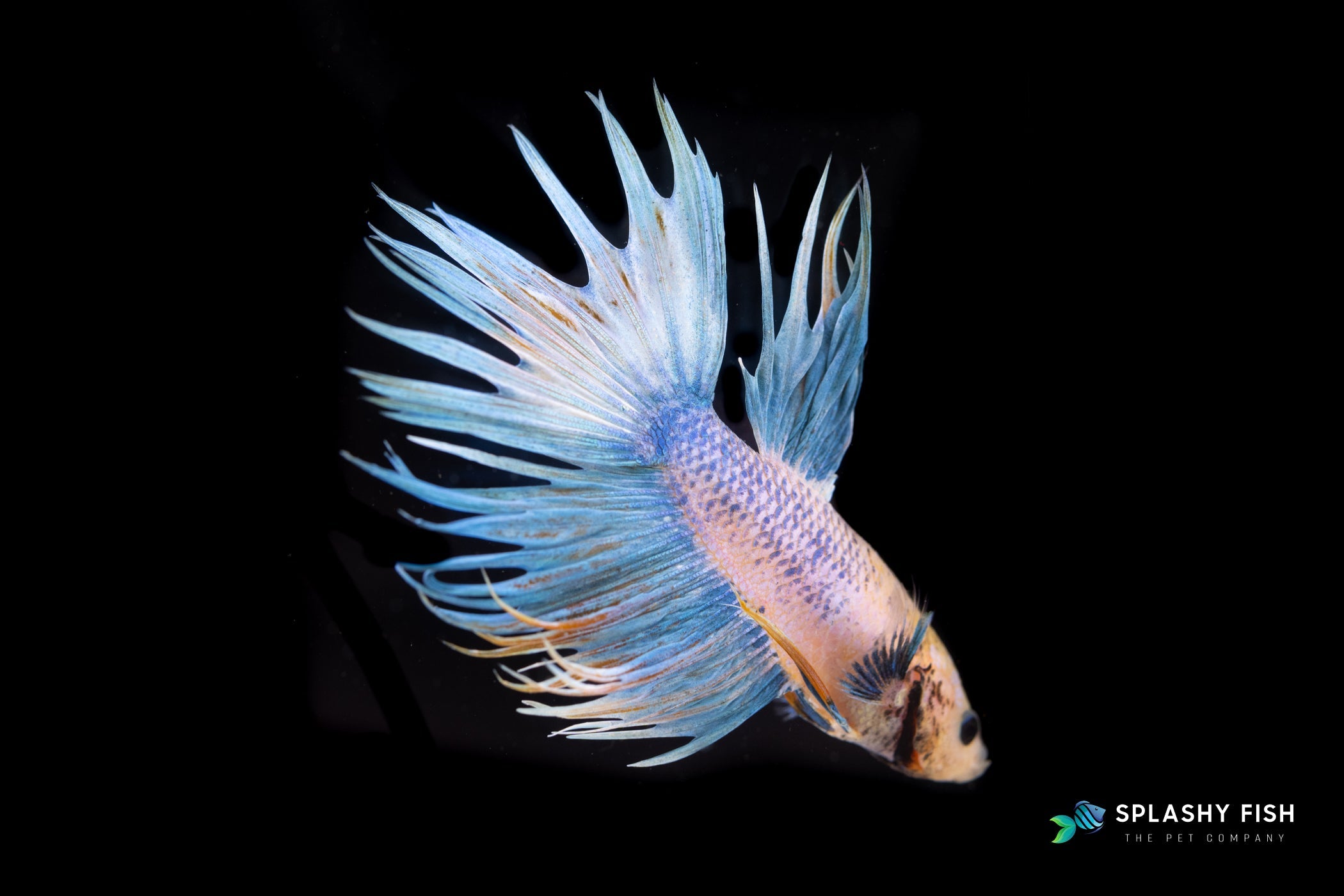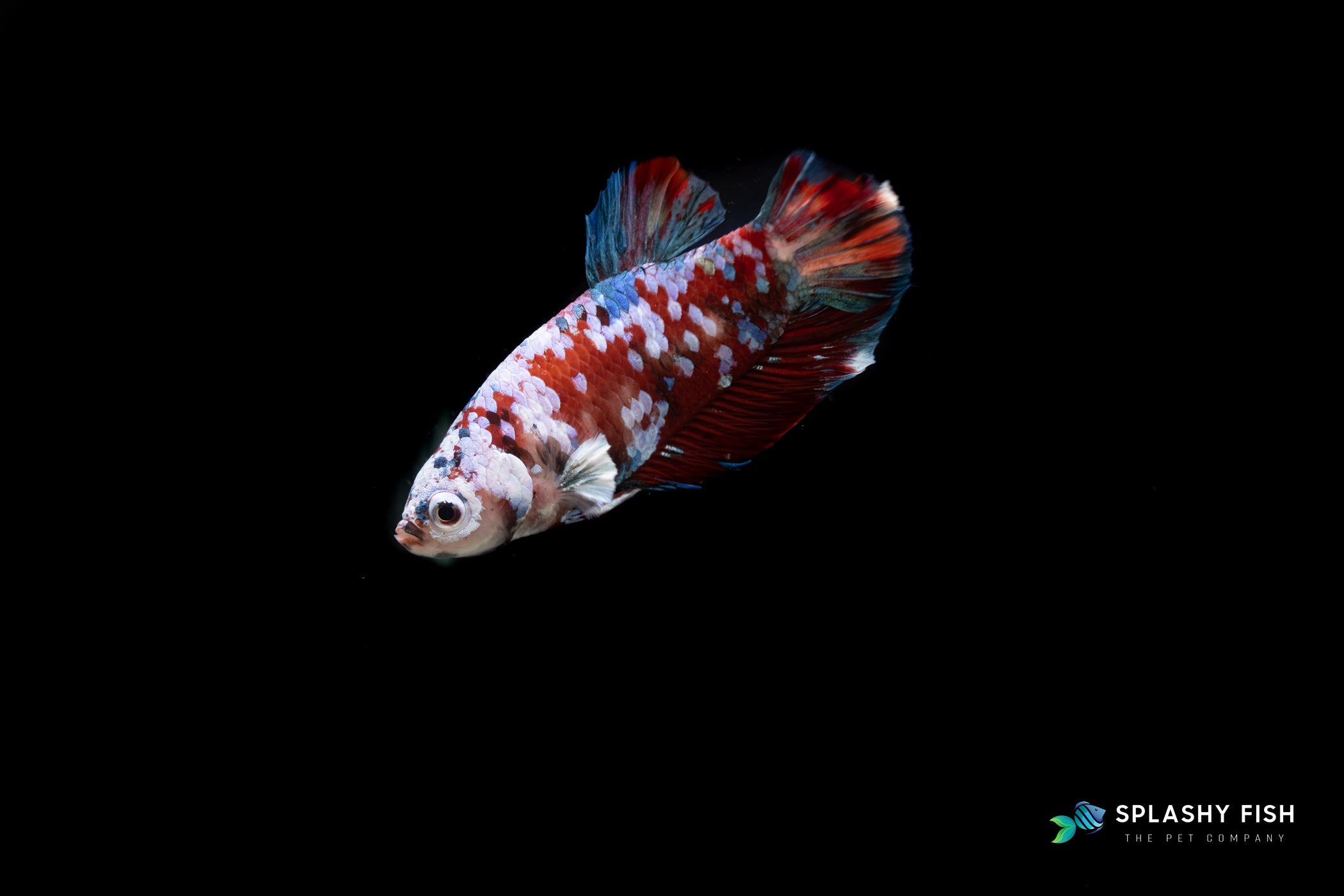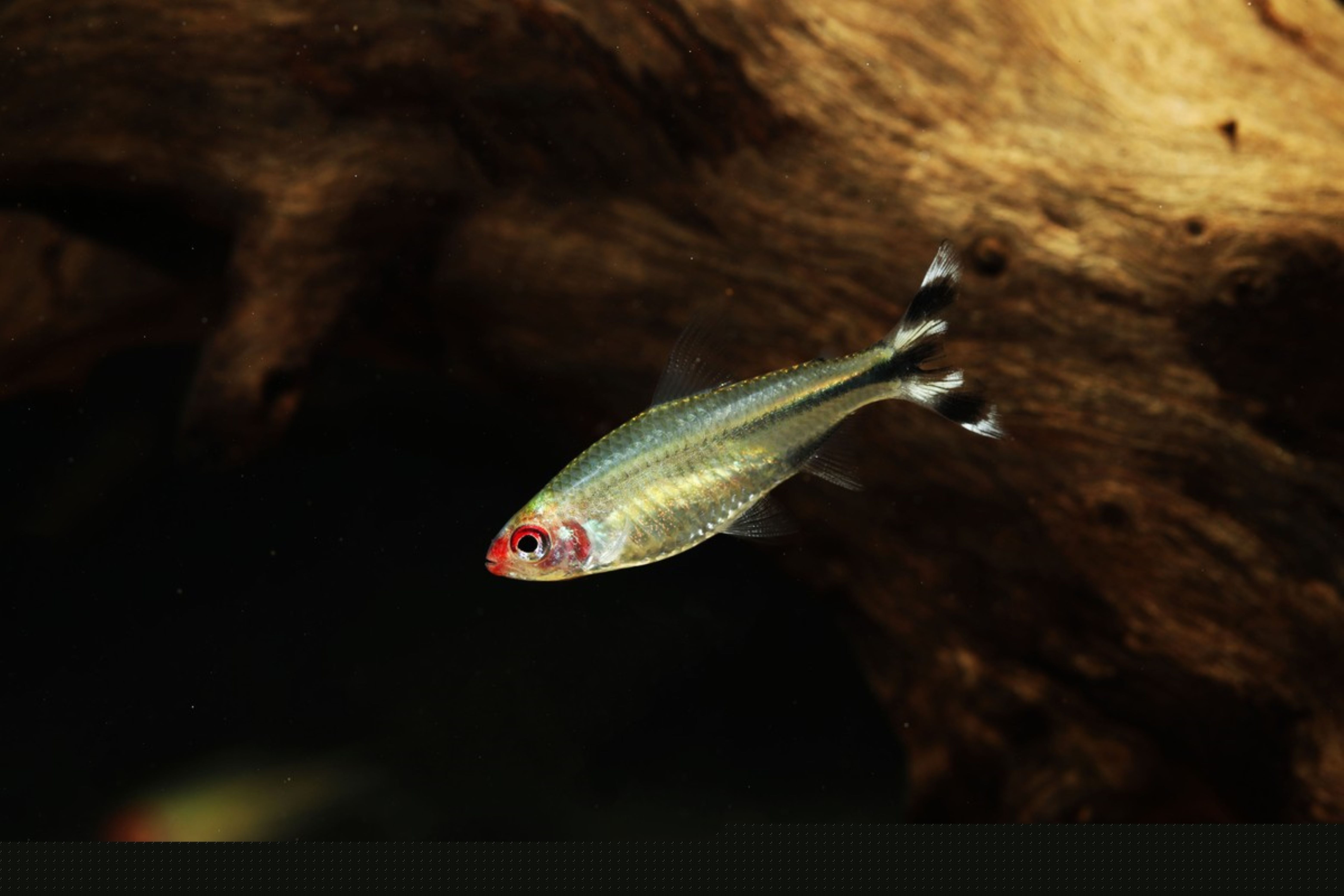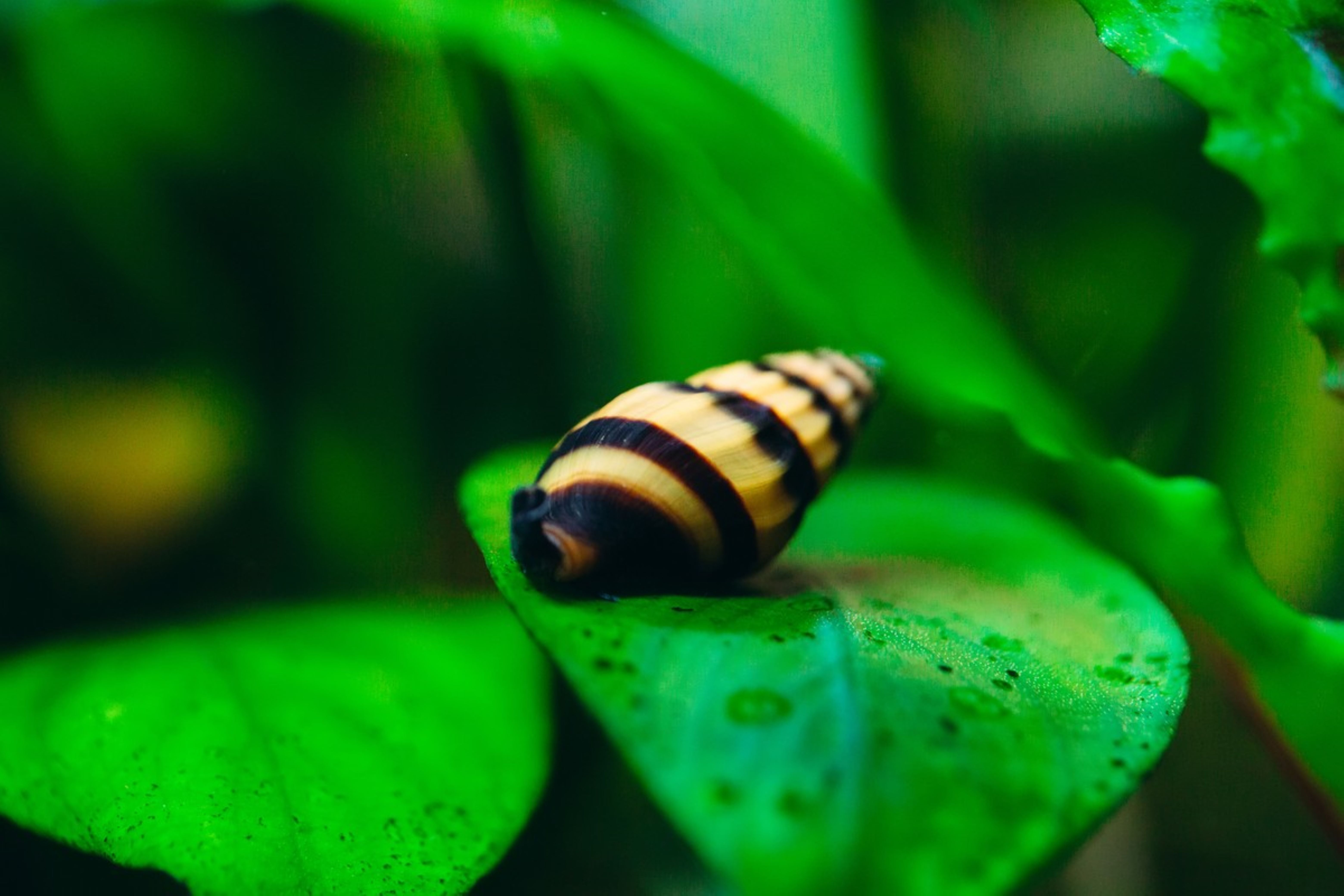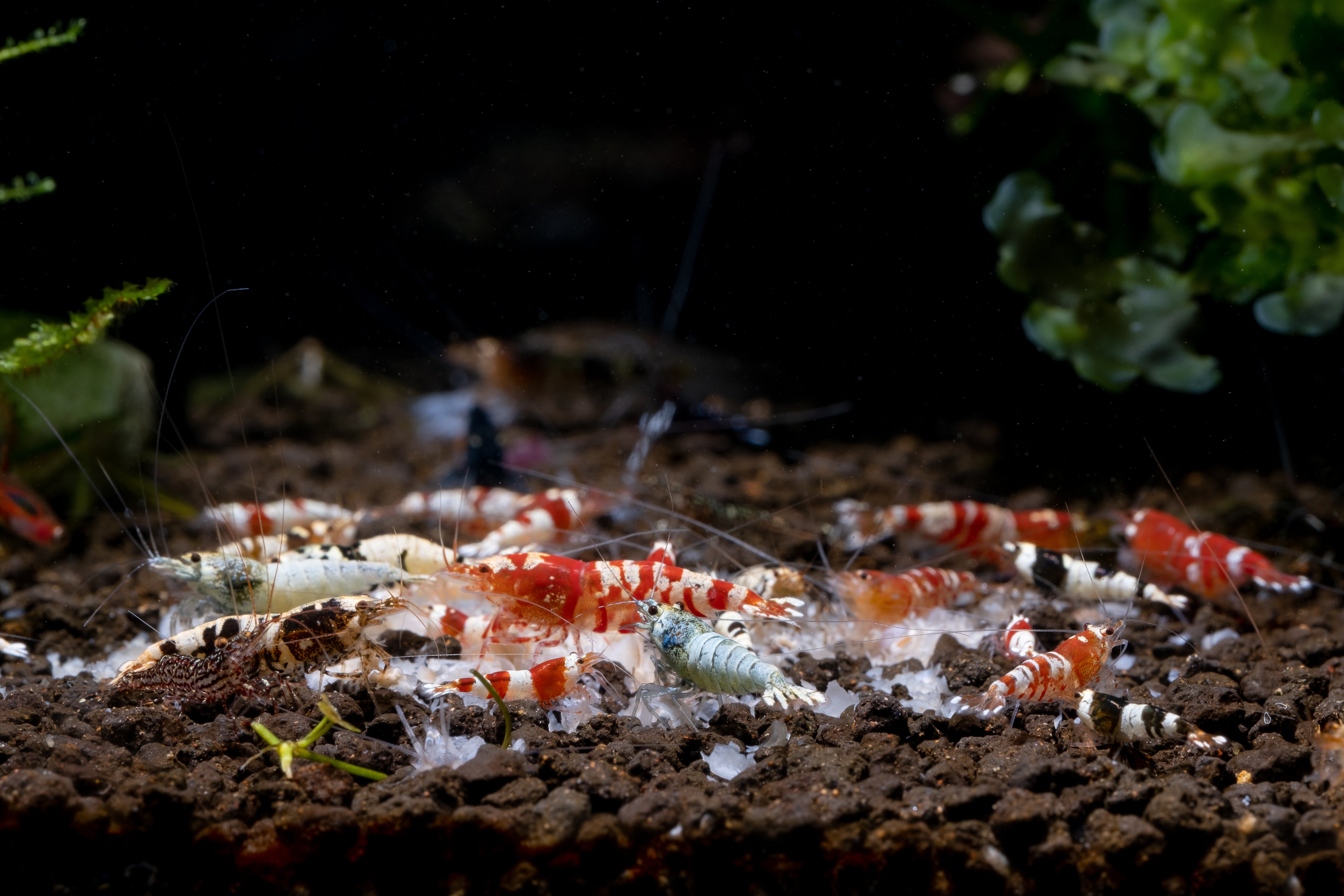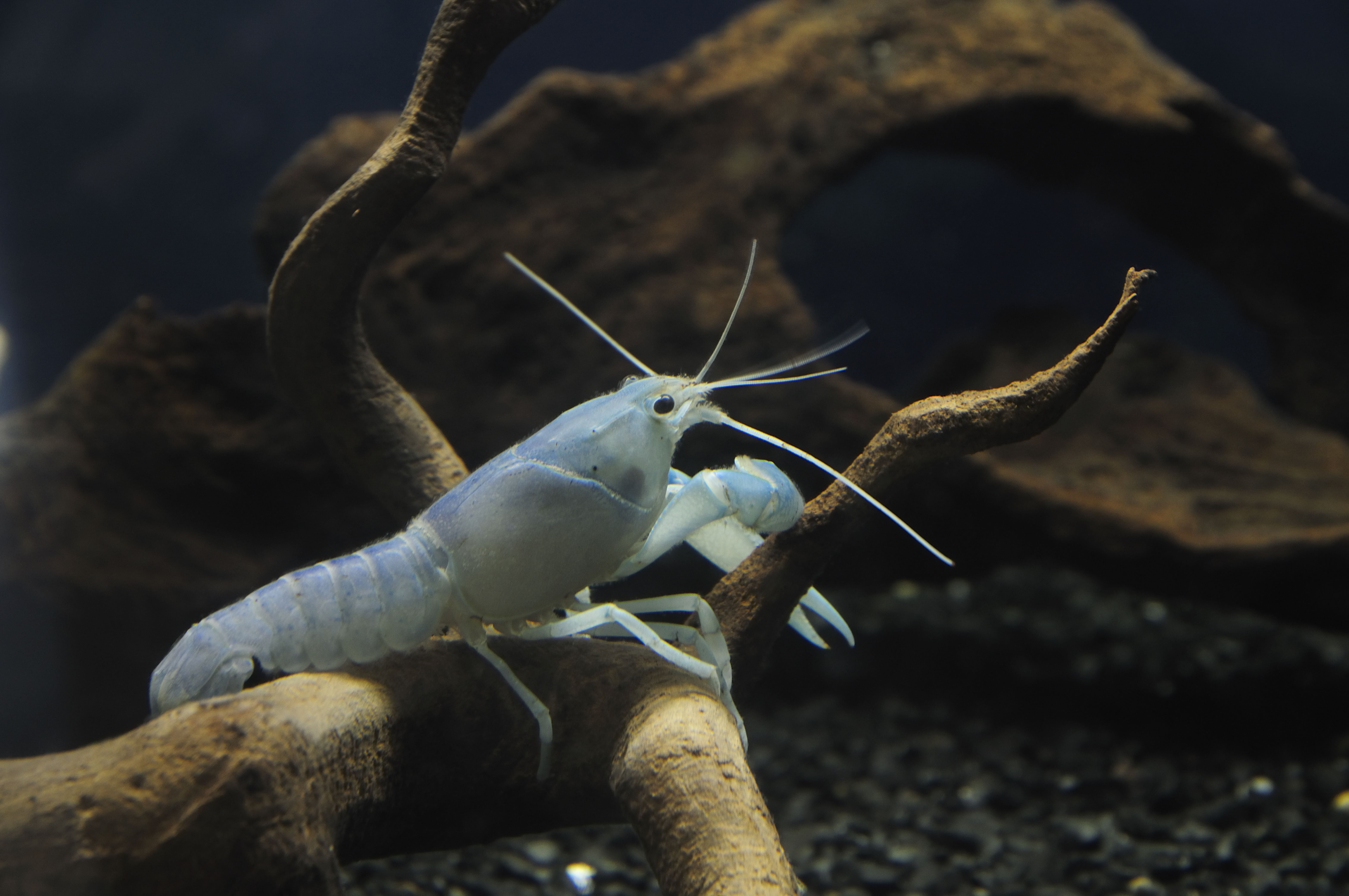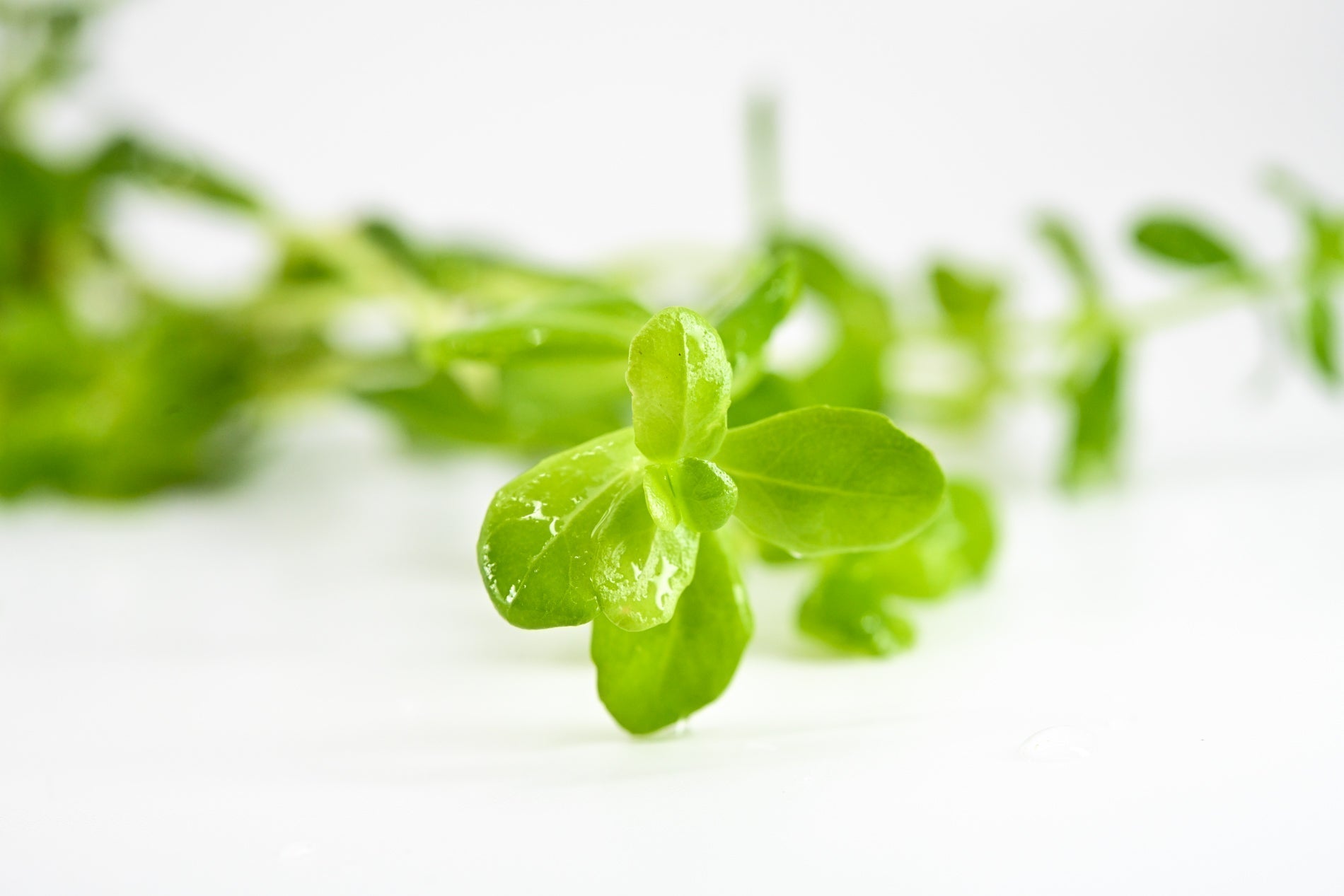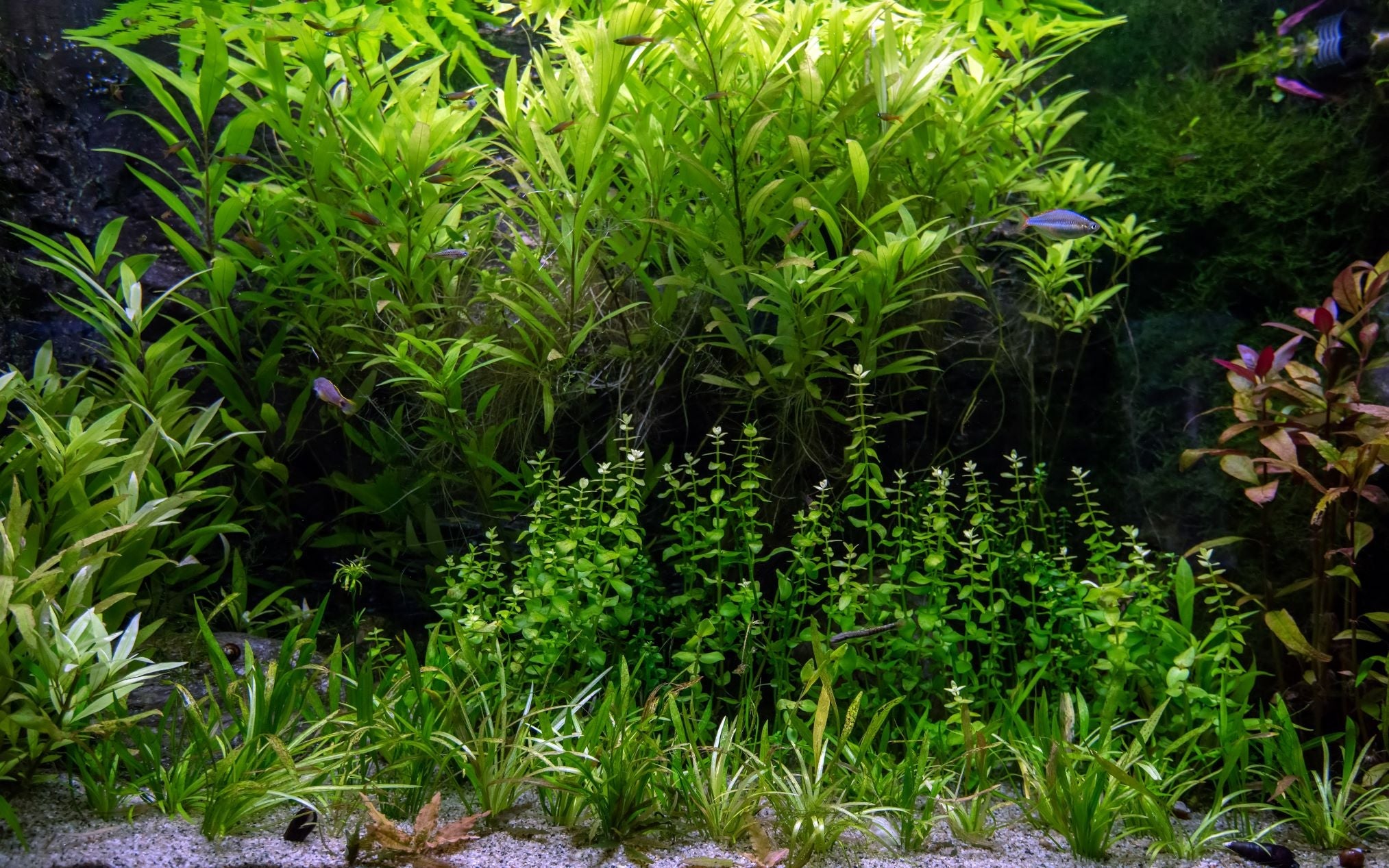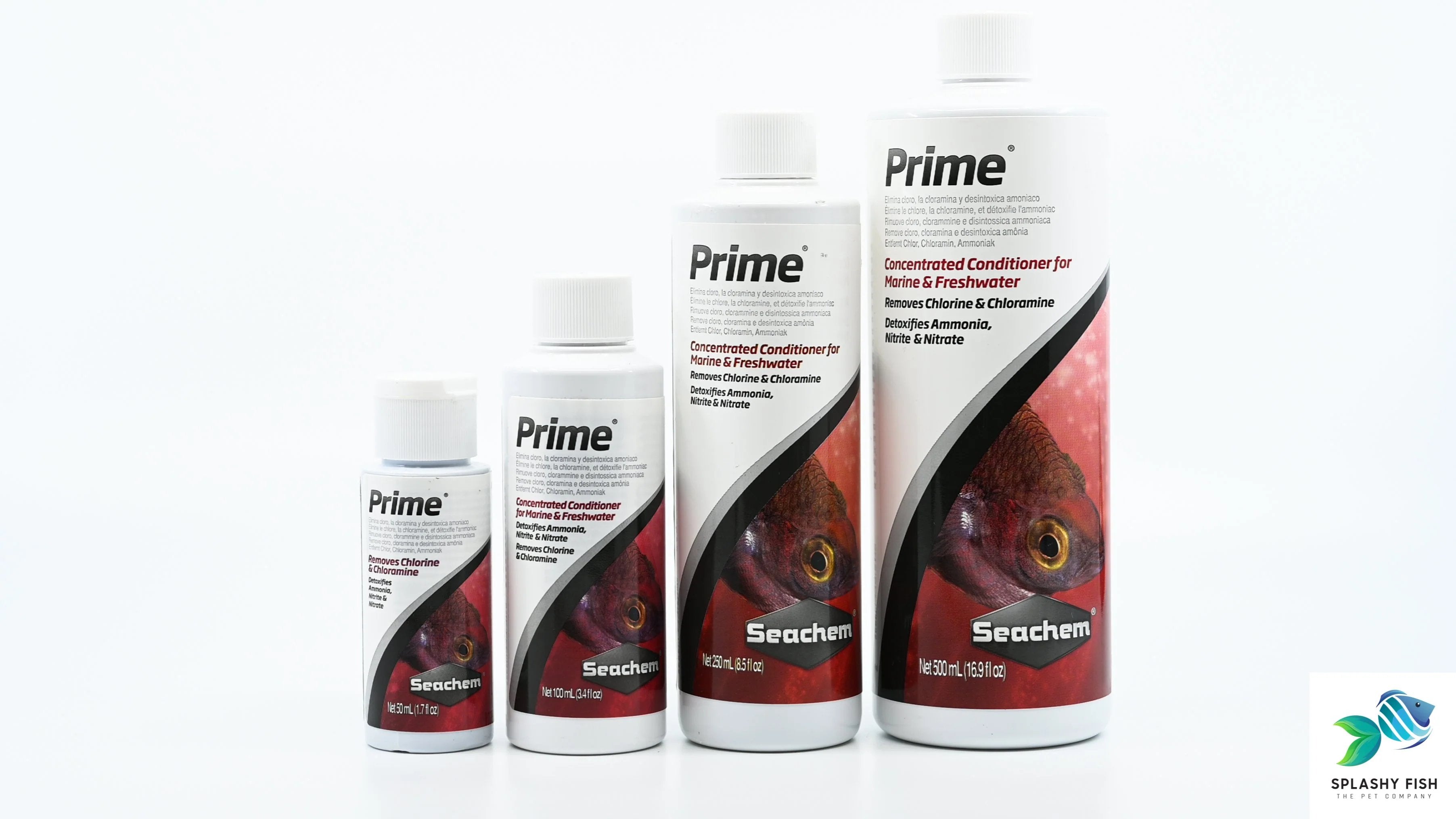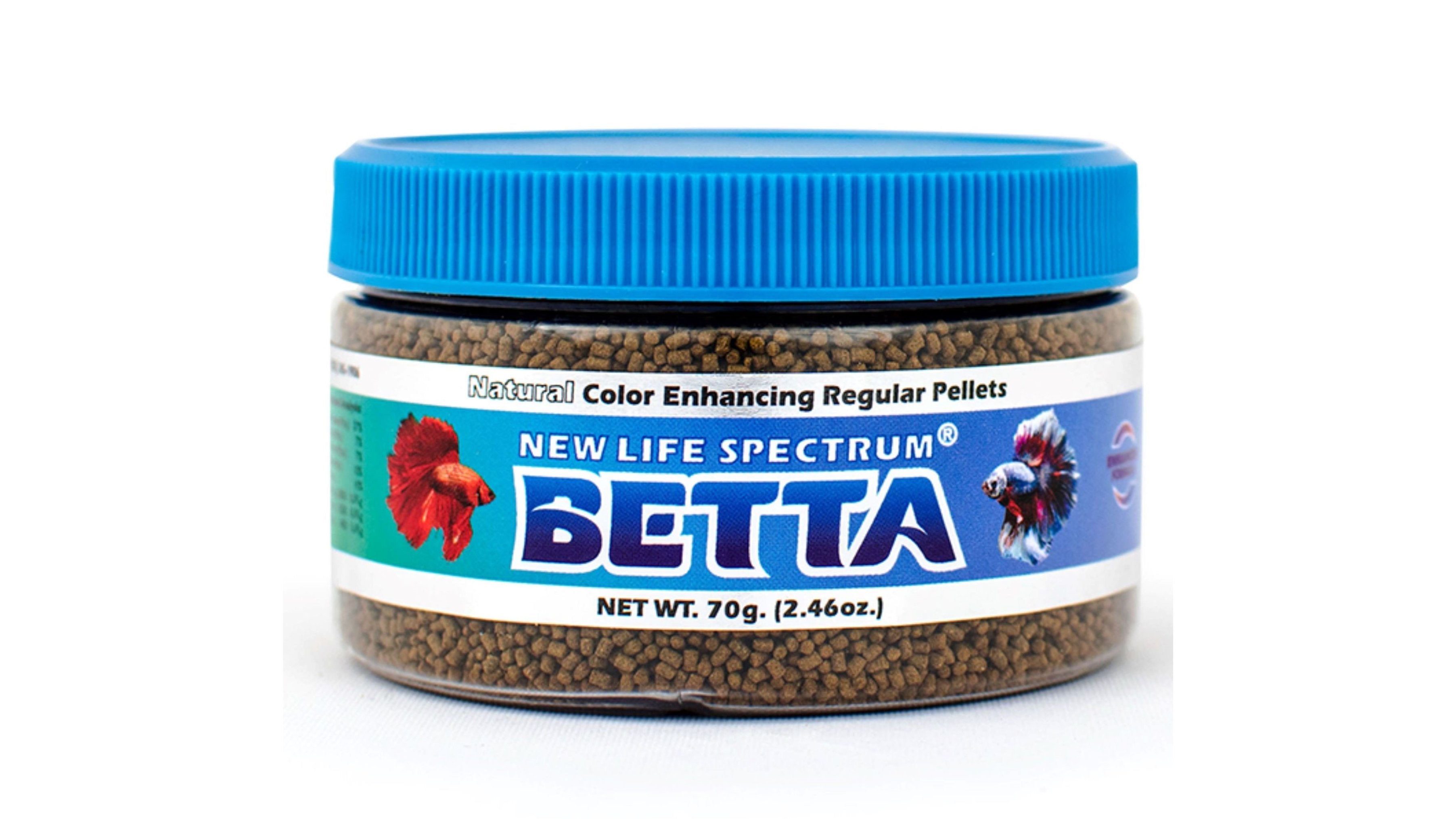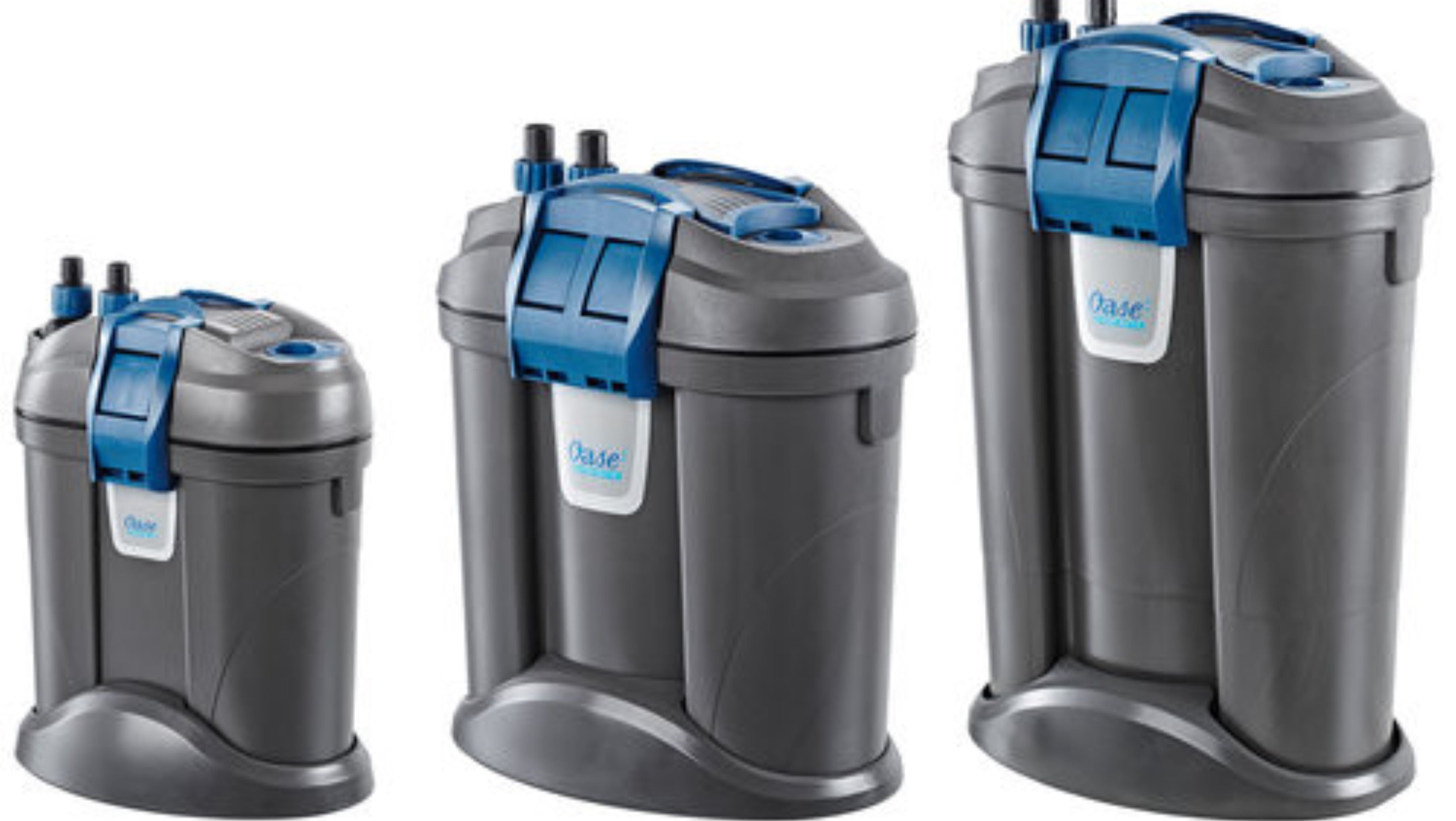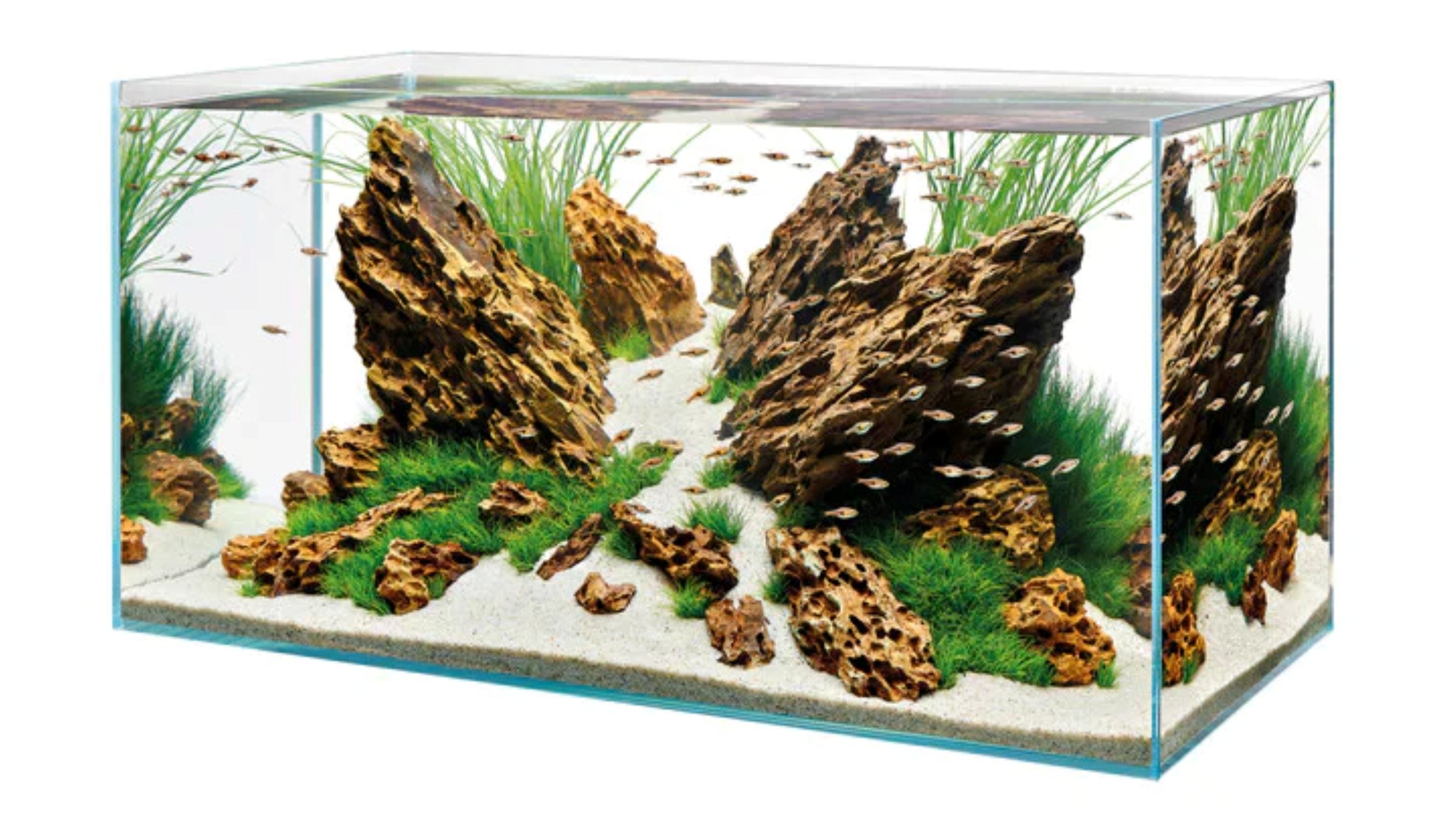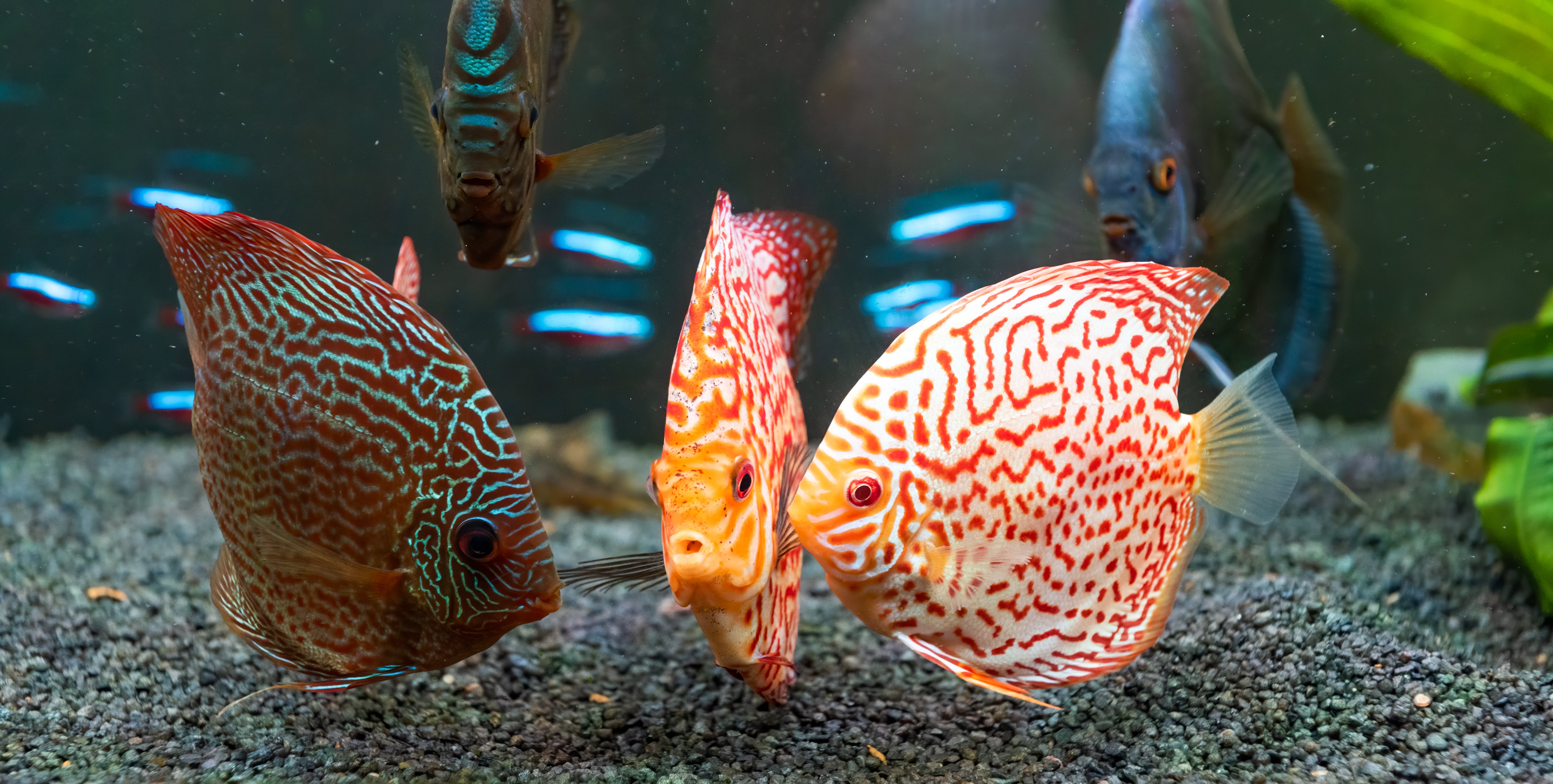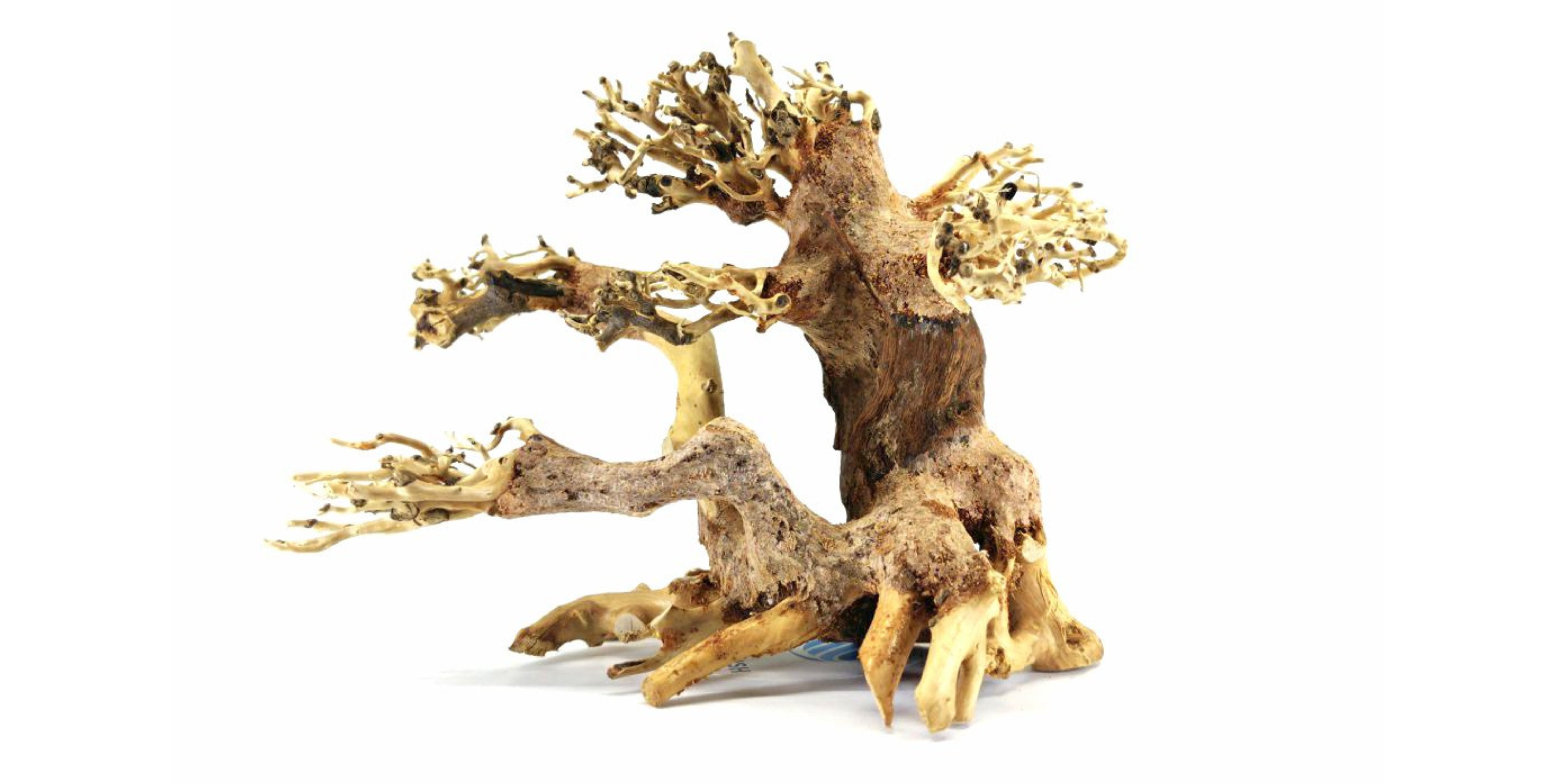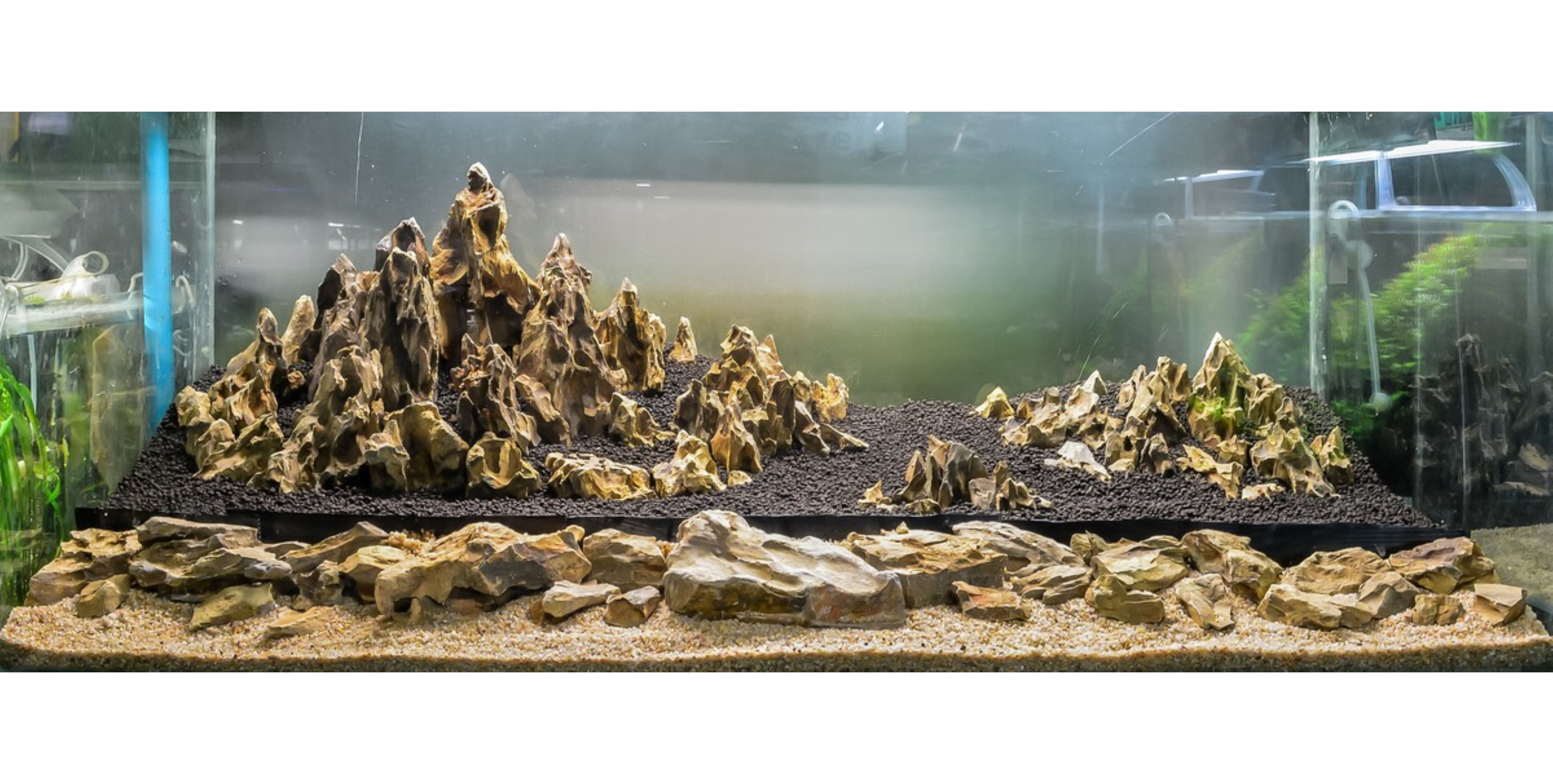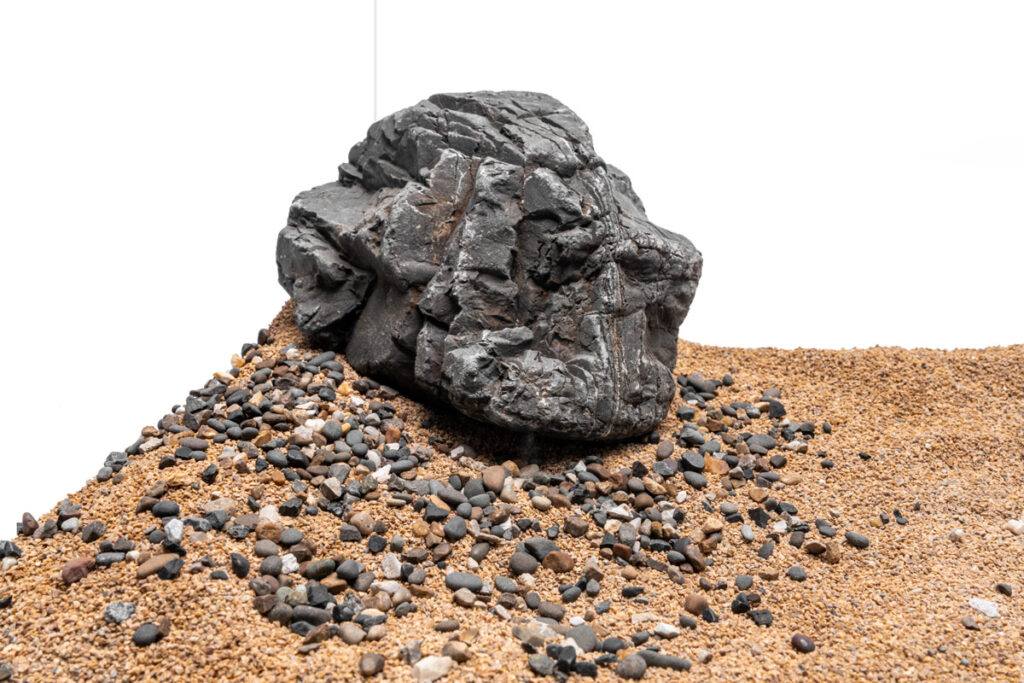Table of Contents
When it comes to creating a lush and visually stunning planted aquarium, selecting the right substrate is key. Not only does aquarium substrate provide essential support for plant roots, but it also plays a vital role in maintaining water quality and fostering a healthy aquatic environment. In this comprehensive guide, we will walk you through everything you need to know about selecting and utilizing aquarium substrate to create a vibrant and thriving planted tank. From understanding the different types of aquarium substrates and their specific benefits to providing step-by-step instructions on how to properly set up and maintain your planted tank, this guide has got you covered. Get ready to dive in and unlock the secrets to a vibrant and flourishing planted tank!
Why Should You Have Aquarium Substrate?
Aquarium substrate is far from mere decoration. It plays a pivotal role in creating and maintaining a healthy planted tank environment:
- Plant Anchorage and Support: The substrate provides a stable base for plant roots to anchor, preventing them from floating and ensuring healthy growth. Robust root systems are essential for aquatic plants to absorb nutrients and thrive in the aquatic environment.
- Nutrient Reservoir: Certain substrate aquarium, especially nutrient-rich aquarium soils, act as a reservoir for essential nutrients that plants need for growth and development. These nutrients are slowly released over time, providing a continuous supply to the aquarium plants.
- Home for Beneficial Bacteria: The porous structure of many substrates in aquarium creates an ideal habitat for beneficial bacteria. These bacteria play a crucial role in the nitrogen cycle, breaking down waste products and maintaining water quality.
- Aesthetic Enhancement: While functionality is paramount, substrate also contributes significantly to the aesthetic appeal of your aquarium. It adds depth, texture, and visual interest, transforming a bare tank into a captivating underwater landscape.

Different Types of Aquarium Substrates
- Gravel: A classic and versatile choice, aquarium gravel is readily available in various sizes and colors. It's particularly suitable for beginner planted tanks or aquariums housing fish that like to dig.
- Sand: Aquarium sand offers a smooth, natural look, perfect for bottom-dwelling fish and aquascaping enthusiasts. Its fine texture can create a serene and minimalist aesthetic.
- Nutrient-Rich Soils: This specialized substrate for aquarium is formulated with essential nutrients that fuel lush aquatic plant growth. Aqua soils are ideal for demanding aquatic plants and aquarists seeking to create a thriving planted tank.
- Clay-Based Substrates: These planted aquarium substrates boast excellent water retention and nutrient-holding capacity, making them perfect for moisture-loving plants and aquariums with intricate aquascapes.
- Laterite: A natural, iron-rich clay, laterite is often used as a supplemental substrate to boost iron levels and prevent deficiencies in plants.
Tips to Choose Aquarium Substrate
- Plant Species: Different aquatic plant types have varying nutrient and substrate requirements. Research your chosen plants thoroughly to ensure compatibility.
- Fish Species: Consider the behavior of your freshwater fish. Some fish, like cichlids, enjoy digging, so a substrate that can withstand their activities is essential. Avoid sharp aquarium substrate gravel for bottom-dwellers.
- Aesthetic Vision: Your substrate should complement your overall aquarium decor. Choose colors and textures that create the desired visual impact and harmonize with your hardscape and plants.
- Budget: Planted tank substrates range in price, so factor in your budget while selecting. Remember, investing in a quality substrate can save you money and frustration in the long run.
Preparing the Aquarium Substrate for Planting
- Thorough Rinsing: Rinse the substrate that need to be rinsed multiple times to remove dust and debris that can cloud the water and irritate fish gills. Carefully read the instructions before using
- Layering (Optional): If using nutrient-rich substrates, consider creating a base layer of inert gravel. This prevents the substrate from compacting and impeding root growth while allowing for proper water circulation.
- Root Tabs: Supplement the substrate with root tabs, especially when using inert gravel or fish aquarium sand. Root tabs provide an additional source of nutrients directly to the plant roots.
Planting Techniques for A Vibrant Planted Tank
- Foreground: Utilize low-growing plants like carpeting plants or moss to create a lush, verdant foreground. These foreground plants add depth and visual interest to the front of the aquarium.
- Midground: Employ stem plants or rosette plants to add height and dimension to the middle ground. These midground plants create visual breaks and prevent the aquarium from looking flat.
- Background: Choose taller plants like Sword Plants or Vallisneria to establish a stunning backdrop. These background plants create a sense of depth and provide a visual anchor for the entire aquascape.
- Focal Point: Incorporate a unique plant or hardscape element as a focal point to draw the eye and create a sense of visual hierarchy. This could be a striking piece of driftwood, a vibrant red plant, or a unique aquarium rocks formation.
- Spacing: Allow adequate space between plants for growth and to prevent overcrowding. Overcrowding can lead to competition for resources and hinder the overall health and beauty of your planted tank.

Maintenance and Care for Aquarium Substrate
- Gravel Vacuuming: During water changes, use a gravel vacuum to remove debris and detritus from the substrate. This prevents the buildup of organic matter that can negatively impact water quality.
- Fertilization: Supplement the substrate with liquid fertilizers or root tabs as needed. The frequency and type of fertilization will depend on the specific needs of your plants.
- Algae Control: Keep algae growth in check through proper lighting, nutrient balance, and the introduction of algae-eating fish or shrimp. Algae can quickly overwhelm a planted tank, so proactive measures are essential. Another easy way to control algae in your tank is to use algae remover such as APT Fix and APT Fixlite from 2Hr Aquarist
- Substrate Replacement: Over time, aquarium substrates can become depleted of nutrients or compacted. Periodically replacing the substrate ensures optimal conditions for plant growth and overall aquarium health.
Common Mistakes to Avoid when Using Aquarium Substrate
- Insufficient Substrate Depth: Provide enough depth for plants to establish strong root systems. A shallow substrate can limit root development and lead to unstable plants.
- Overcrowding: Resist the temptation to overcrowd your aquarium with plants. Overcrowding can lead to competition for resources, poor water circulation, and an increased risk of algae outbreaks.
- Neglecting Maintenance: Regular maintenance is crucial for a thriving planted tank. Neglecting water changes, fertilization, and algae control can quickly lead to problems.
- Incompatible Substrates: Avoid mixing aquarium substrates with drastically different properties, as this can disrupt the delicate balance of the aquarium ecosystem and create challenges for plant growth.
Conclusion
Aquarium substrate is far more than just a filler for the bottom of your tank. It's the lifeblood of your planted aquarium, providing essential support for plants, fostering beneficial bacteria, and contributing to the overall aesthetic appeal. By carefully selecting, preparing, and maintaining your substrate, you'll create a thriving underwater world where plants and fish flourish in harmony. At Splashy Fish aquarium store, we guarantee that our aquarium substrates for sale are high quality and meet all customer needs. Visit us online or in aquarium Virginia now!
FAQs
What is aquarium substrate?
Aquarium substrate is the material that covers the bottom of an aquarium. It provides a base for plants to anchor, stores nutrients, and supports beneficial bacteria.
Can you reuse aquarium substrate?
Yes, most aquarium substrates can be reused after thorough cleaning and sterilization. However, if the substrate is heavily compacted or depleted of nutrients, it's best to replace it.
How deep should the aquarium substrate be?
The ideal substrate depth depends on the plant species and root system. Generally, a depth of 2-3 inches is sufficient for most planted tanks.


